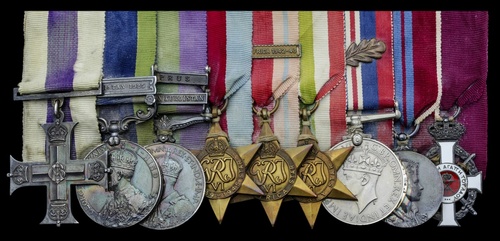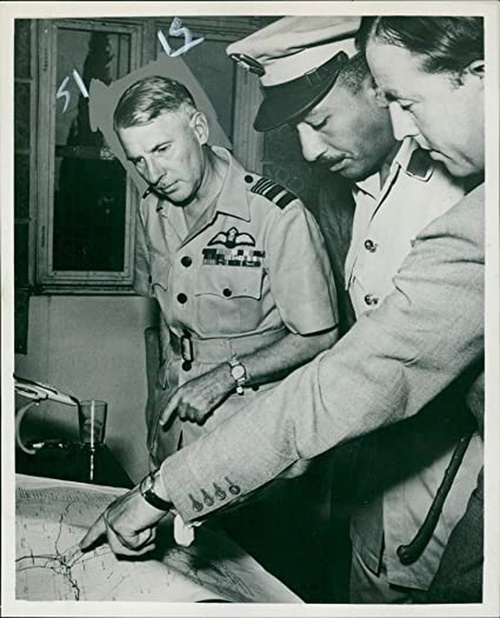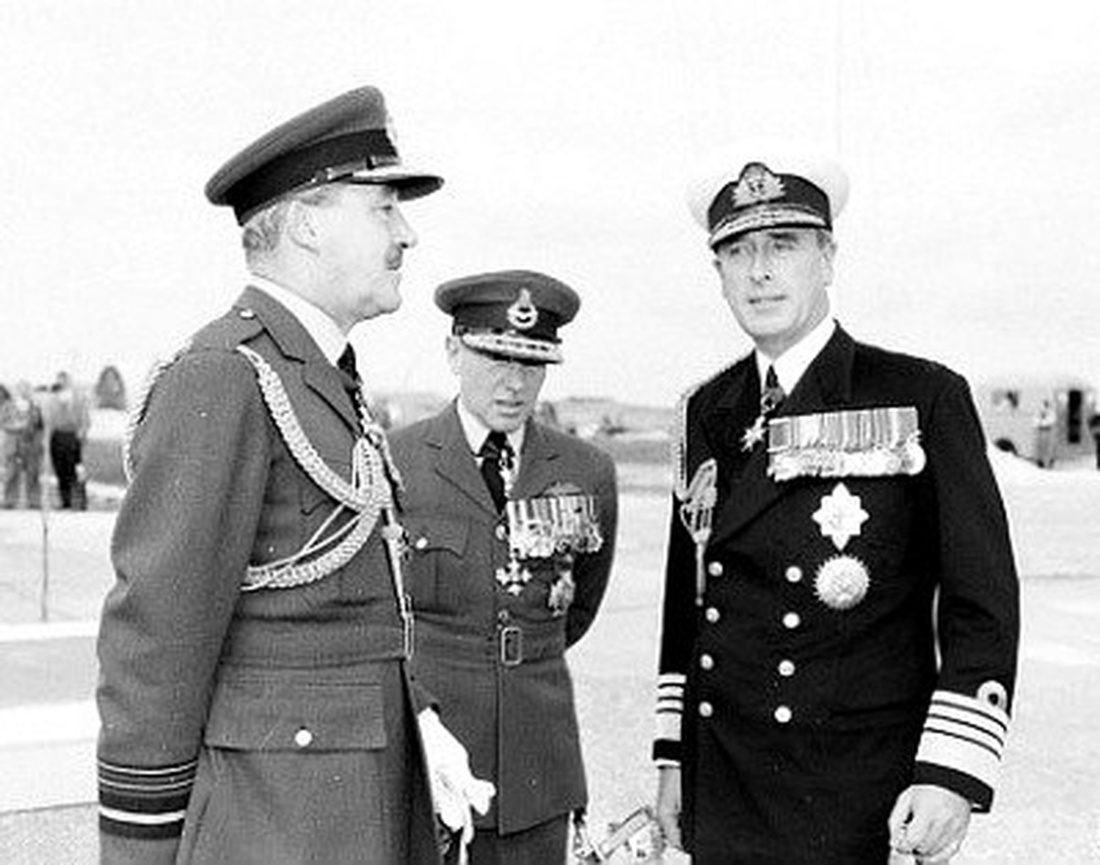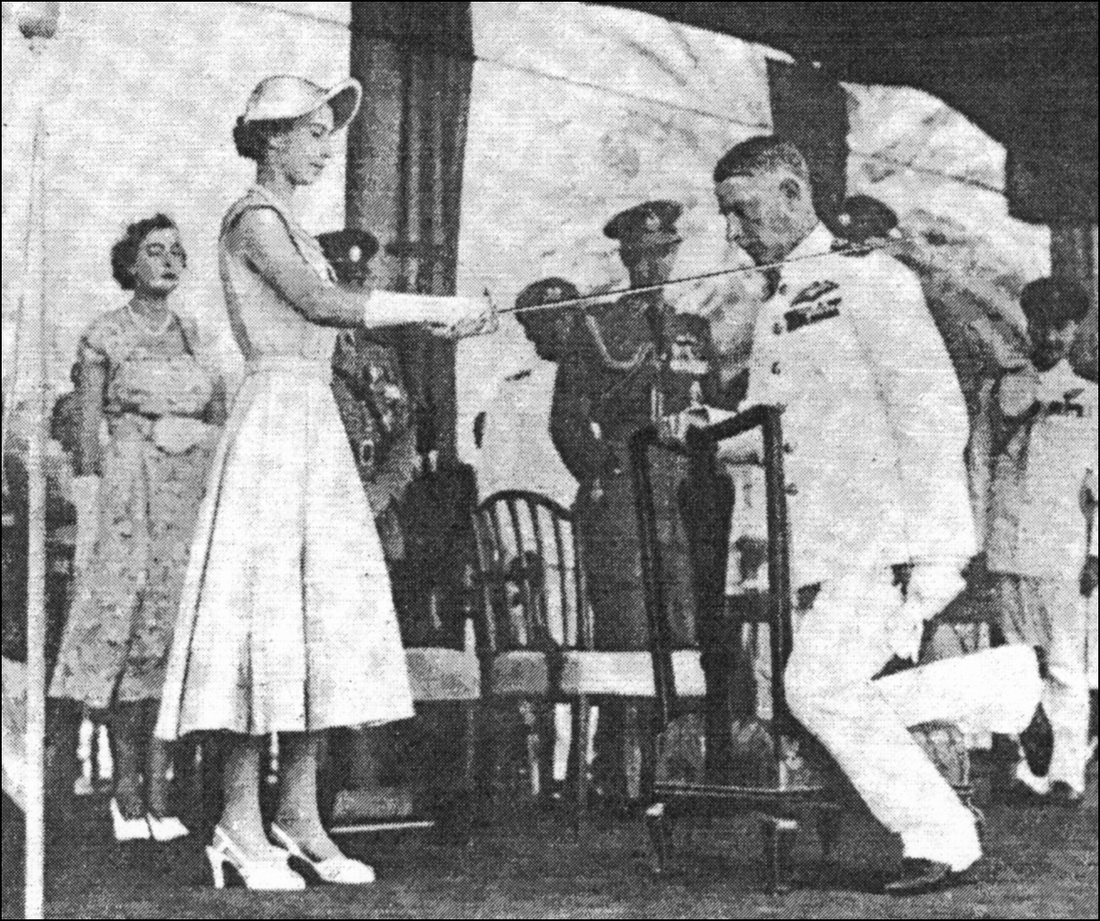Auction: 20002 - Orders, Decorations, Medals & Space Exploration
Lot: 588
The excessively rare Northern Kurdistan M.C. and Waziristan 1925 group of nine awarded to Air Chief Marshal Sir Claude Pelly, G.B.E., K.C.B., M.C., Royal Air Force, who successfully retrieved a working wireless set from a stampeding mule and used it to liaise with circling aircraft, enabling them to machine gun forces loyal to Shaikh Ahmed of Barzan and thus prevent the total destruction of a British-led column
He later served as A.D.C. to Her Majesty The Queen in 1957 and ended his career as a Member of the United Kingdom Atomic Energy Authority, a far cry from his early days in biplanes
Military Cross, G.V.R.; India General Service 1908-35, 1 clasp, Waziristan 1925 (F/O. C. B. R. Pelly. R.A.F.); General Service 1918-62, 2 clasps, Northern Kurdistan, Cyprus (F/L. C. B. R. Pelly. R.A.F.); 1939-45 Star; Africa Star, clasp, North Africa 1942-43; Italy Star; Defence Medal 1939-45 with M.I.D. oak leaf; Coronation 1953; Greece, Kingdom, Royal Order of George I, silver-gilt and enamel breast badge with swords, mounted as worn, good very fine (9)
Understood to be 1 of 2 M.C.'s awarded for the operations in Northern Kurdistan 1931-32.
M.C. London Gazette 6 October 1933:
'For distinguished service rendered in the field in connection with military operations in Northern Kurdistan, Iraq, during the period December 1931 to June 1932.'
Greek Royal Order of George I. The official citation states:
'As Staff Plans Officer at Middle East Headquarters, was responsible for the evacuation plans and did excellent work in conjunction with the other Services at the actual evacuation.'
Claude Bernard Raymond Pelly was born on 19 August 1902 at Malvern, Worcestershire, the second son of the Reverend Douglas Raymond Pelly, D.S.O., who was decorated whilst serving as Temporary Chaplain to the Forces 3rd Class, A.C.D., during the Great War. Educated at Rugby School, he spent his school holidays with his three siblings at Buckley Vicarage in Chester before graduating as a Pilot Officer from Cranwell in August 1922.
Initially posted to No. 39 Squadron, Pelly transferred to No. 60 Squadron as Flight Commander in September 1924 and went on to witness active service in the Waziristan Operations the following year. Sent to No. 56 Squadron in November 1929, he was appointed to Air-Staff Intelligence at H.Q. Iraq Command in March 1931 and was awarded the M.C. for military operations in Northern Kurdistan, reflecting his services with an Army Column in his capacity as an Air Liaison Officer. The events leading to the award are offered in detail in The Official Report on the Operations against Shaikh Ahmed of Barzan, 1931-32 by C. Le. Bullock, Air Ministry, May 1933:
'Successful surprise attack by rebels near Wazhi.
It was at that moment (about 1430 hours local time) that a strong force of rebels descended suddenly on the rear of the column, striking in between the rear guard and the main body. They made, as they usually do, straight for the transport in search of loot. The civilian mule drivers, seized by panic, cut their loads, mounted their mules, and fled in all directions, throwing the column into confusion as they went. One of the picquets broke and fell back in confusion on the main body. Some of the Kurds got right down onto the track, and the situation became very critical. It was saved partly by the energy and gallantry of the British officers of the column and partly by the intervention of aircraft from Diana.
…During all this time the enemy were kept engaged by aircraft. Flight Lieutenant Bradbury and Sergeant Hudson had both been compelled to return to the Diana, but they had been promptly replaced by the three remaining aircraft from Diana led by Squadron Leader Frew… For the remainder of the afternoon these aircraft, reinforced by two others from Mosul, succeeded in maintaining continuous attacks on the rebels, and undoubtedly kept the latter sufficiently busy to prevent them taking full advantage of the confused and disorganised condition of the column.
Flight Lieutenant C. B. R. Pelly and the two Royal Air Force wireless operators, 364393 L.A.C. Rancombe, K. S., and 506656 A.C.1 Pearson, C. E., all of whom were with the column, succeeded in recovering under fire the mules which had stampeded with portions of their wireless set, and erected the station shortly before dusk, and sent a full report of the situation to Squadron Leader Frew at Diana.
…Had the enemy launched a determined attack at dusk after the aircraft had left the scene, they may well have achieved a decisive victory. Fortunately, however, they attempted no such attack. They had been roughly handled by the aircraft, a new experience for them, and it is also possible that they were engrossed in dividing the considerable spoil which they had taken.'
For his gallantry in recovering some of the 400 mules which had stampeded at Dicol, enabling liaison with the circling aircraft, Pelly was invested with the M.C. at Buckingham Palace in February 1934.
Advanced Squadron Leader, Pelly served in various intelligence posts from 1939-43, the outbreak of hostilities leading to his appointment as Head of Intelligence, H.Q. Air Component of the B.E.F. in the rank of Wing Commander. Posted to H.Q. R.A.F. Middle East the following year - to assist in the co-ordination of fighter protection during the evacuation of Crete - he was granted the temporary rank of Group Captain and awarded the C.B.E. (London Gazette 1 January 1943, refers), the recommendation stating:
'For over 2 years this officer has done most valuable work as Head of the Air Staff Planning Section and representation of the Joint Planning Staff. In the latter capacity he has been of particular assistance to the 3 Commanders in Chief. He gets on well with the officers of all Services and has worked untiringly and with a cheerful spirit.'
Appointed S.A.S.O. Western Desert Air Force from March 1943, and S.A.S.O. Desert Air Force from July of the same year, he subsequently ended the War in 1945 as Head of the Inter-Departmental Bombing Survey, being thrice mentioned in despatches (London Gazettes 1 January 1941, 11 June 1942 & 14 January 1944, refer), and awarded the Greek Order of George I in May 1946 (Air 2/8920 refers).
Post-war, Pelly was confirmed in the rank of Air Commodore in July 1947 and as Air Vice-Marshal in July 1949, being awarded the C.B. in the following year for his services as Assistant Chief of Air Staff, Technical and Operational Requirements (London Gazette 2 January 1950, refers). Employment as a senior member of the Directing Staff of the Imperial Defence College having followed, he was appointed Commander in Chief, Middle East Air Force, in the rank of Air Marshal in October 1953. During his tenure of office he was tasked with devising a redeployment plan for the relocation of his command from Egypt and it was his decision to transfer the centre of R.A.F. operations in the Middle East to Cyprus, where it remains to this day. He was appointed K.C.B. (London Gazette 1 January 1954, refers) and received his knighthood in a ceremony held at Aden during the Queen's Commonwealth tour in the same year.
Advanced to Air Chief Marshal in February 1957 - in which year he became A.D.C. to Her Majesty The Queen, he was appointed G.B.E. (London Gazette 13 June 1959, refers) and placed on the Retired List in the rank of Air Chief Marshal in November of the latter year. He served as a Member of the United Kingdom Atomic Energy Authority until 1964 and died on 12 August 1972; sold with copied recommendations and research which notes that he also served as the honorary representative for the R.A.F. Benevolent Fund in Suffolk in his later years.
Subject to 20% VAT on Buyer’s Premium. For more information please view Terms and Conditions for Buyers.
Sold for
£10,500
Starting price
£5200











